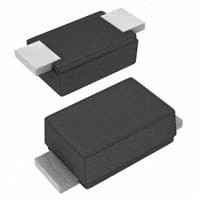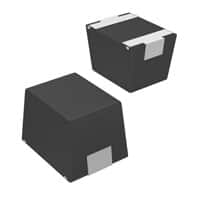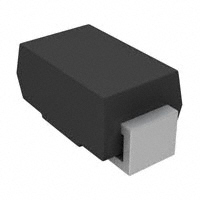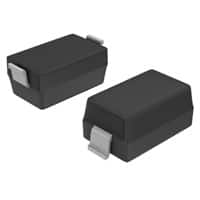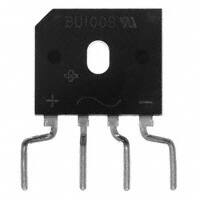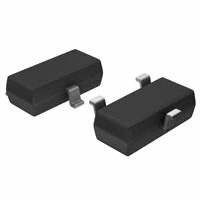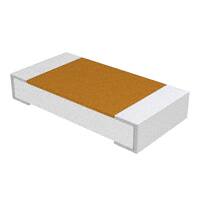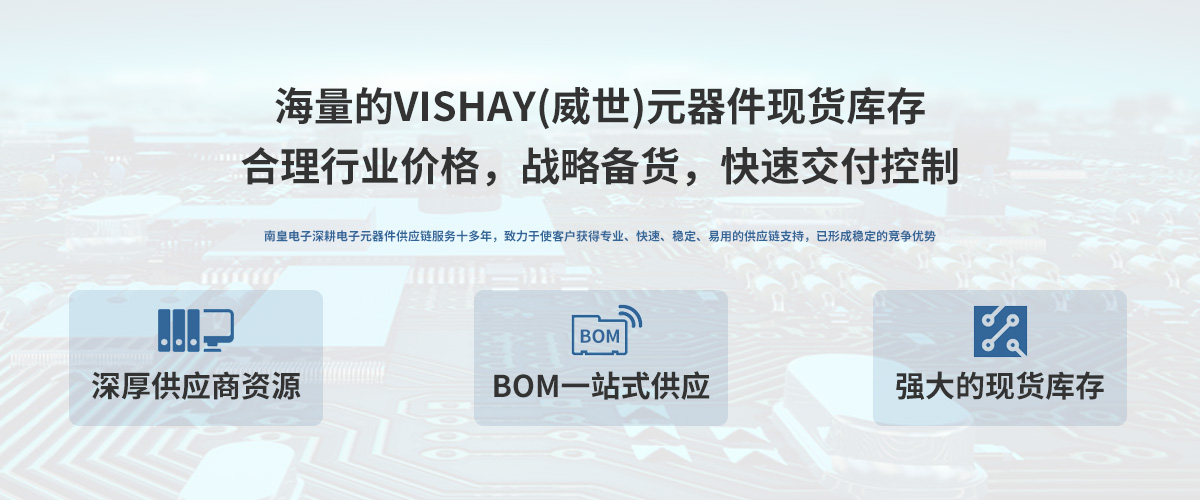

Electronic control of diesel engines for passenger cars and commercial vehicles is a critical function in today s automotive industry. All functions in a modern diesel engine are controlled by an electronic control unit (ECU) that communicates with an elaborate array of sensors placed at strategic locations throughout the engine to monitor everything from engine speed to coolant and oil temperatures to piston position. Efficient electronic control means that fuel burns more thoroughly, delivers more power, provides greater fuel economy, and generates fewer emissions than yesterday"s diesel engines. Modern direct-injection diesel engines produce low amounts of carbon dioxide, carbon monoxide, unburned hydrocarbons, reactive nitrogen compounds (NOx), and particulate matter (PM). VISHAY broad product line provides component solutions for power supplies (SMPS), input signal conditioning, fuel injector drivers, relay drivers, solenoid drivers, and vehicle communications.
Electric power assisted steering (EPS) uses an electric motor to provide directional control to the driver, without any hydraulic systems. Sensors detect the motion and torque of the steering column and a computer module applies assistive power via an electric motor coupled directly to either the steering gear or steering column. Most EPS systems have variable assist, which provides more assistance as the speed of a vehicle decreases, and less assistance from the system during high-speed situations. This functionality requires a delicate balance of power and control that has only been available in recent years. In the event of a component failure, a mechanical linkage such as a rack and pinion serves as a back-up in a manner similar to that of hydraulic systems. The EPS system is gradually replacing the hydraulic steering system and is likely to soon become mainstream among automotive manufacturers. VISHAY broad product line includes components for power supply (SMPS), input signal conditioning, power stage, and vehicle communication functions.
The market for xenon and bi-xenon high-intensity discharge (HID) lighting is growing. Bi-xenon means that only one xenon light source is used to create both low and high beams via a mechanical shutter. Vishay supports xenon and bi-xenon HID applications with a variety of discrete electronic components. The ballasts and motor controls for headlight leveling (HLL) and advanced front lighting (AFL) controllers need discrete components. Improved visibility and safety on the road are the reasons for the success of gas discharge lamps (xenon). Because its very fast reaction time improves safety, LED technology is used for tail lights. In the future, LEDs will be used more and more for headlights because of their design flexibility, energy-savings, and very long lifetimes.
Automobile manufacturers have offered air conditioning in luxury cars for over 40 years. Today, virtually all cars are available with air conditioning. Basic air conditioning has evolved over the years into a complex climate control system with many advanced features such as multi-zone air distribution and sensing, and intelligent interior sunlight sensing to optimize interior air temperature. Vishay components for climate control cover a broad range of functions, including power supply (linear regulation, SMPS), backlighting, switching, optical sensing, and user interface.




